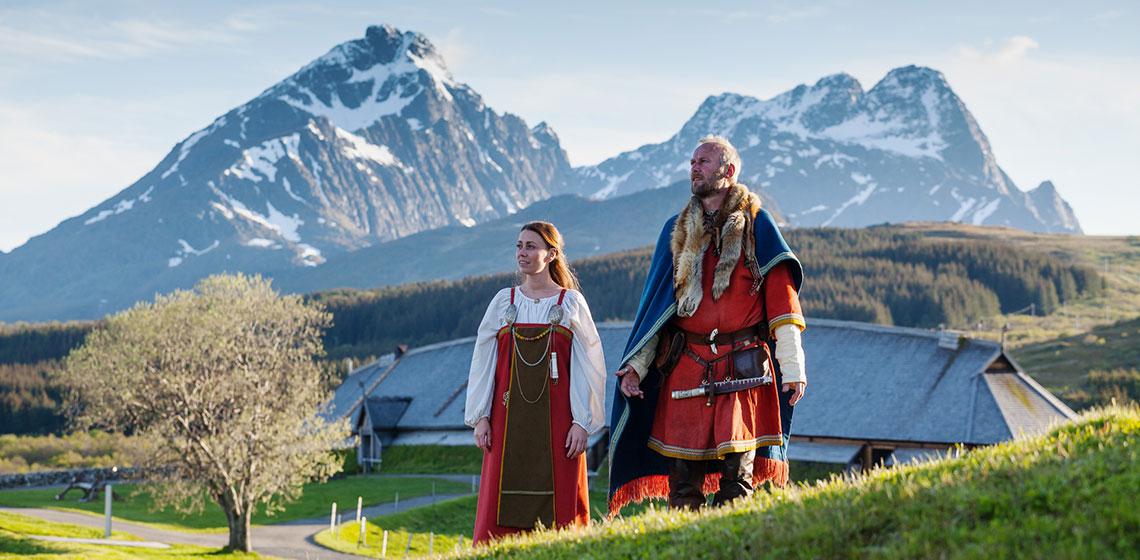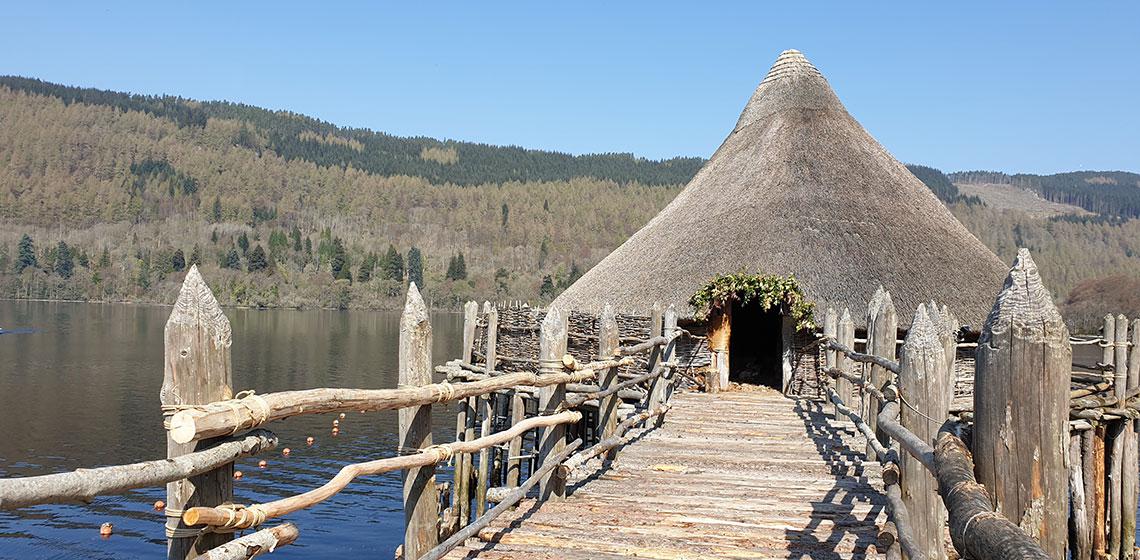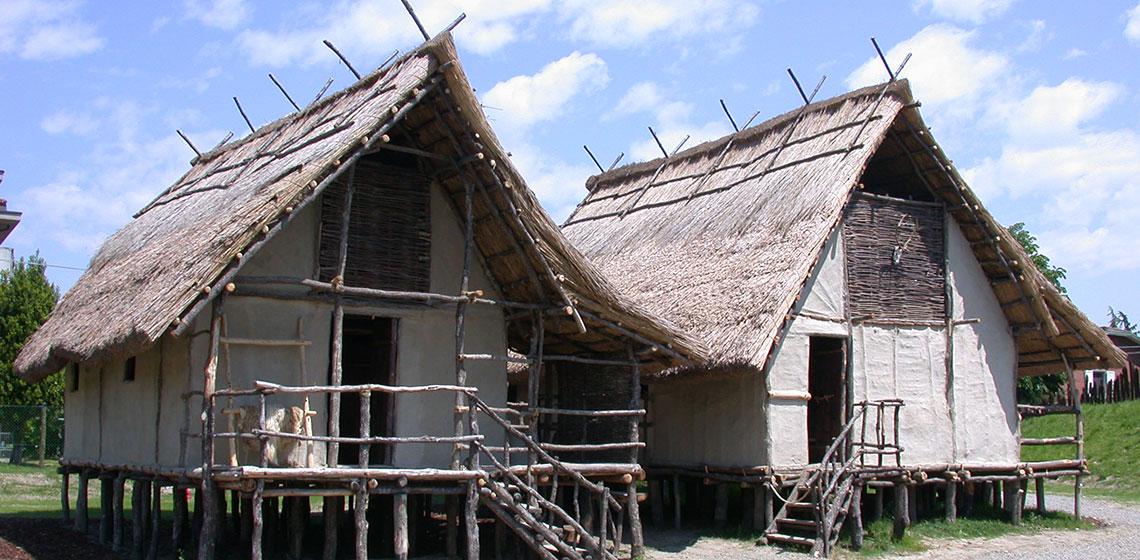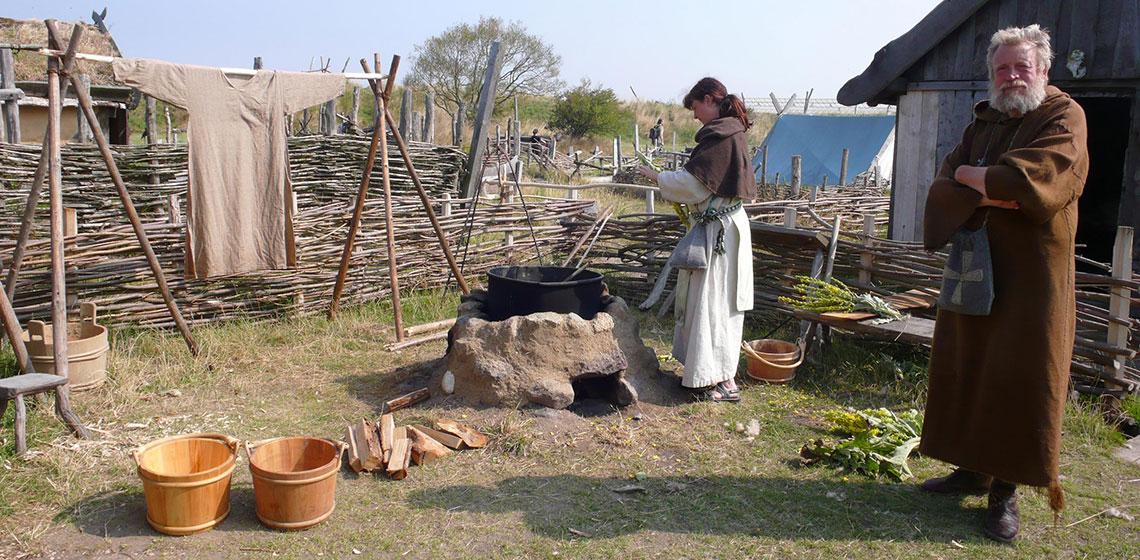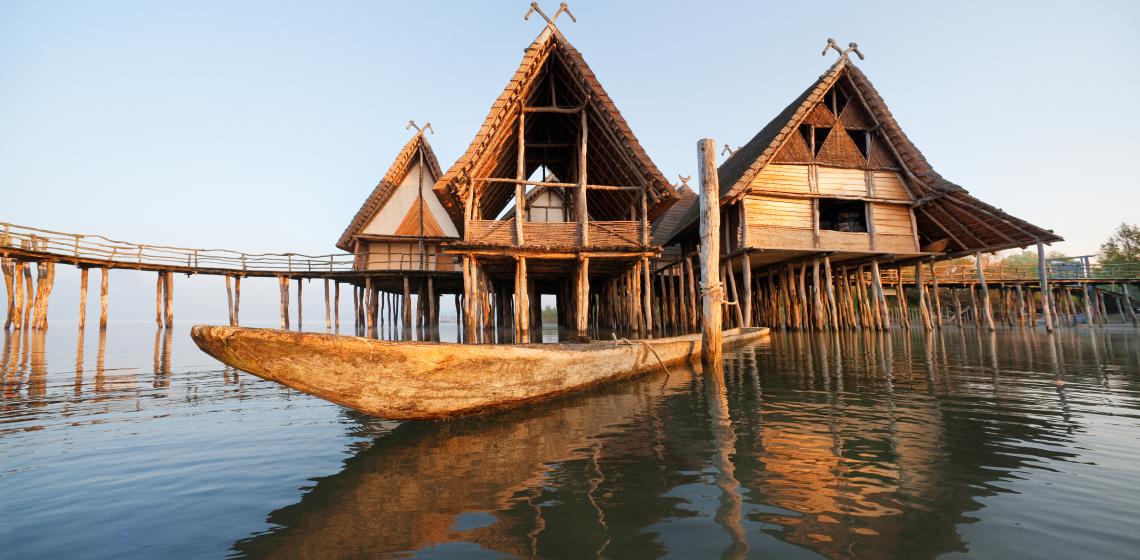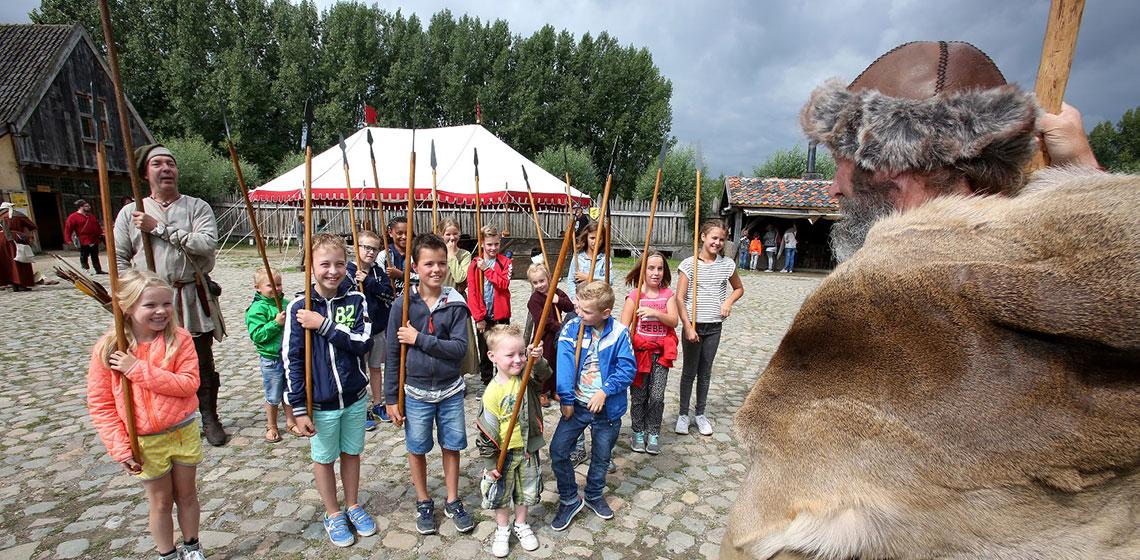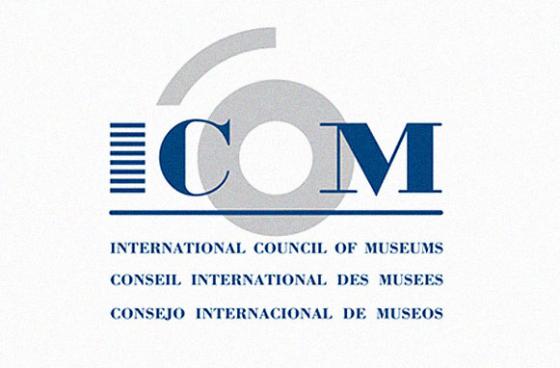Lofotr Vikingmuseum (NO)
In Borg in Lofoten, archaeologists have excavated the longest Viking house ever found in the world of the Vikings. Close by the original site, the longhouse has been reconstructed in its full size. The longhouse is open to visitors all year. Find more: https://www.youtube.com/watch?v=rXIbNsCCzKE
In Borg in Lofoten, archaeologists have excavated the longest Viking house ever found in the world of the Vikings. Close by the original site, the longhouse has been reconstructed in its full size. The longhouse is open to visitors all year...

